Adapting a visual novel into anime is definitely no easy feat, yet Steins;Gate stands as a stellar example of how exactly to do it right and make sure it succeeds while staying true to the source material.
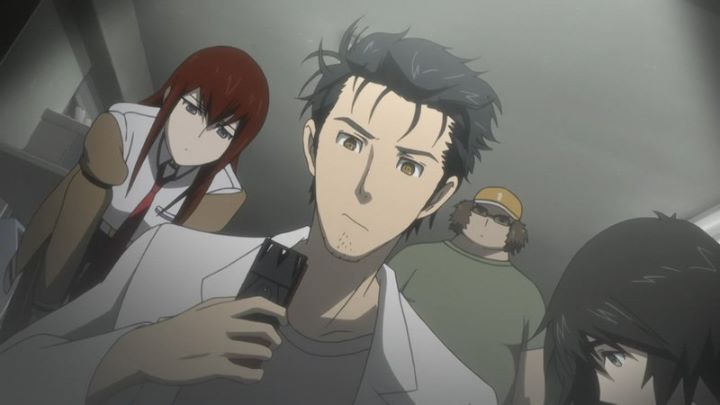 Trying out the time machine | Credits: Studio White Fox
Trying out the time machine | Credits: Studio White FoxIts anime adaptation from a visual game novel has achieved an impressive feat that few anime could manage to create.
It has succeeded in compressing a complex narrative (one with multiple timelines and worlds) with branching routes into a cohesive, emotionally gripping series. The secret behind this success? Studio White Fox’s unprecedented decision to immerse their staff into the visual novel world.
How Steins;Gate perfected the art of adaptation
Unlike many adaptations that take creative liberties and try to control and cut away important plot points, Steins;Gate didn’t and went the extra mile.
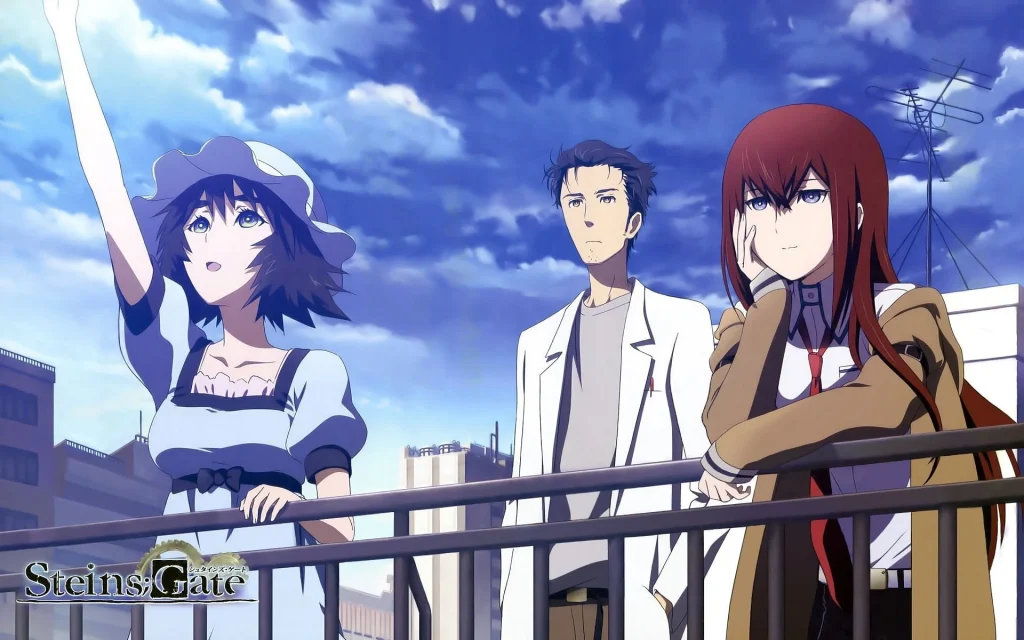 Steins;Gate Official Cover | Credits: Crunchyroll
Steins;Gate Official Cover | Credits: CrunchyrollThe result is a work that not only respects its source material but elevates it, as Tatsuya Matsubara said in an interview with Anime News Network.
The methods for creating games and anime are very different. For the most part, if you just take the game and translate it one-for-one into anime, it usually doesn’t work out. People will usually give the project over to the judgment of a director who’s used to directing anime. The method we opted for was that we requested the staff of Studio White Fox actually play the game and integrate themselves into that world, and then we could have a discussion on how to adapt it into anime.
Furthermore, they said that over-the-top efforts were made to adapt the game into an anime series properly and said–
We had a video for the game that would play through the start to the end for every route, so we could reference that at any time if we needed to look up a specific scene or something. The director Sato said that he played the game through six times. So he really got into the story. He saw the passion and dedication on display, so we knew that we could leave things up to them for any upcoming projects.
To map out the many routes properly, there needs to be a ranking of importance and how that translates into a linear anime-style narrative, knowing that was crucial for the adaptation.
The team ensured that everyone involved in the anime truly understood the game, not just as a script they needed to recreate but really went into the essence of it.
A legacy of dedication and passion
Visual novels like Steins;Gate thrive on choice-driven storytelling, where the players have to navigate through multiple routes (like Stanley Parable) there are different consequences to different routes that one needs to take to uncover layers of the plot.
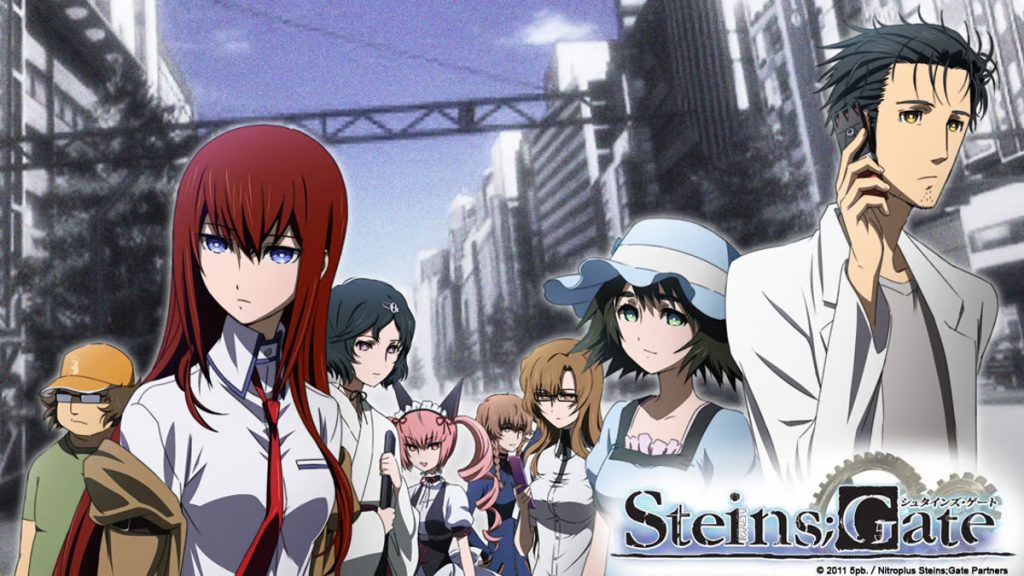 Steins;Gate Official Cover (Credits: Crunchyroll)
Steins;Gate Official Cover (Credits: Crunchyroll)Translating that depth into a linear medium like anime can often lead to confusing outcomes. The decision to have the staff involved in the making of the anime play through the game was instrumental in achieving this balance.
By experiencing the story firsthand, the team could be extremely well-versed in the essence and the core of the work and be able to streamline it into an anime series, all within 24 tightly woven episodes of scientific chaos.
You can stream Steins;Gate on Netflix and Crunchyroll.
.png)
 4 hours ago
6
4 hours ago
6
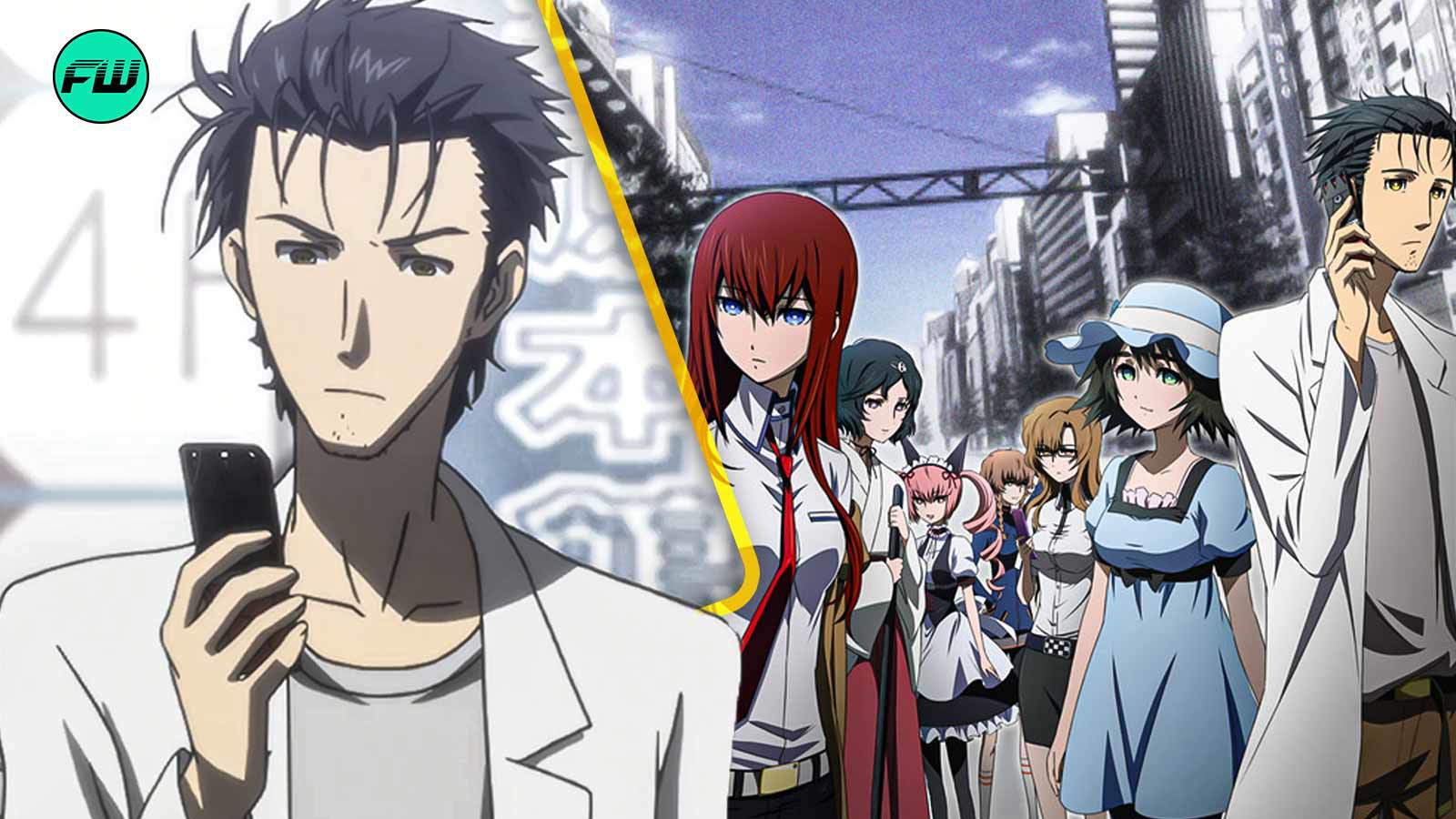

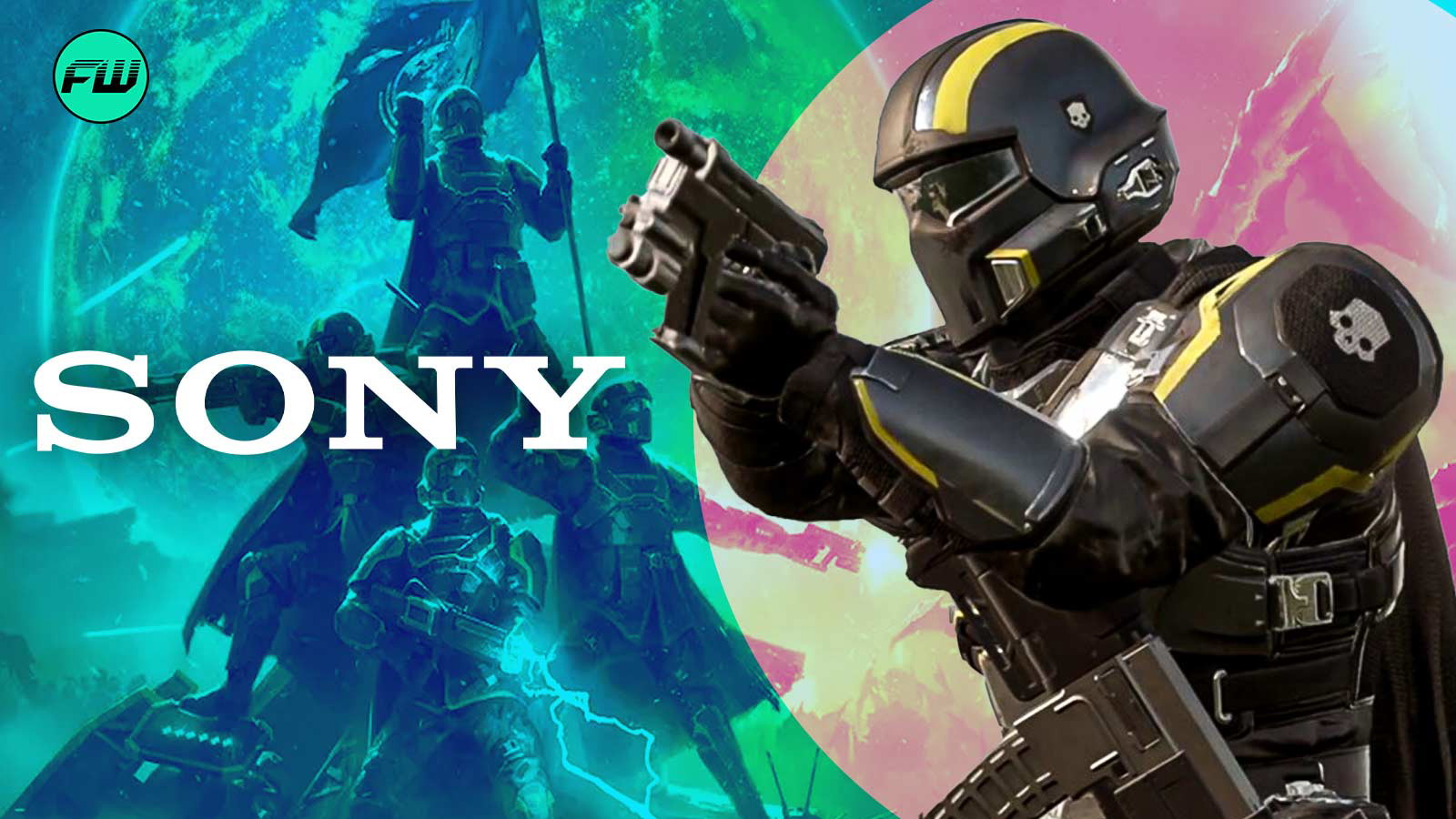
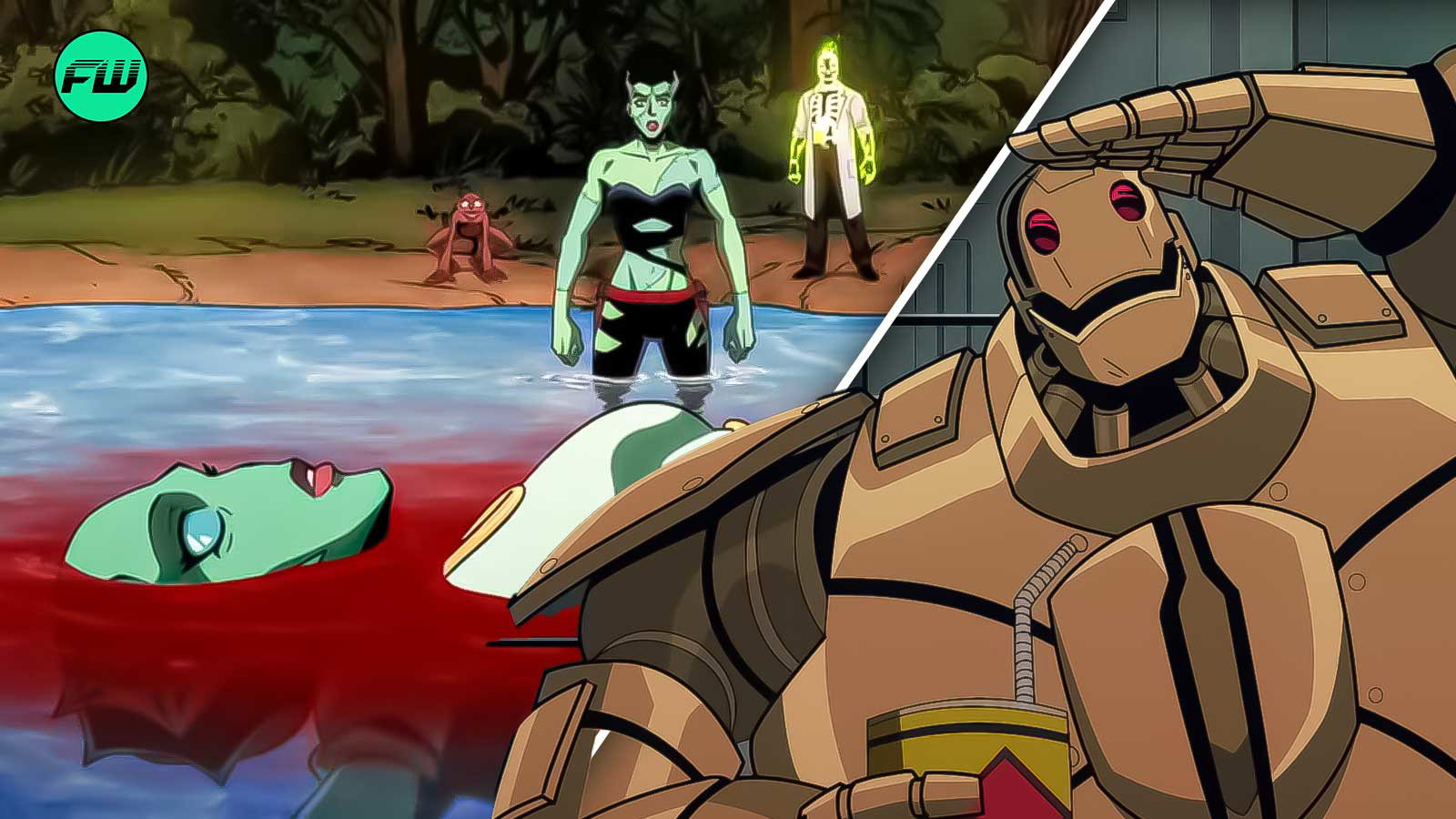

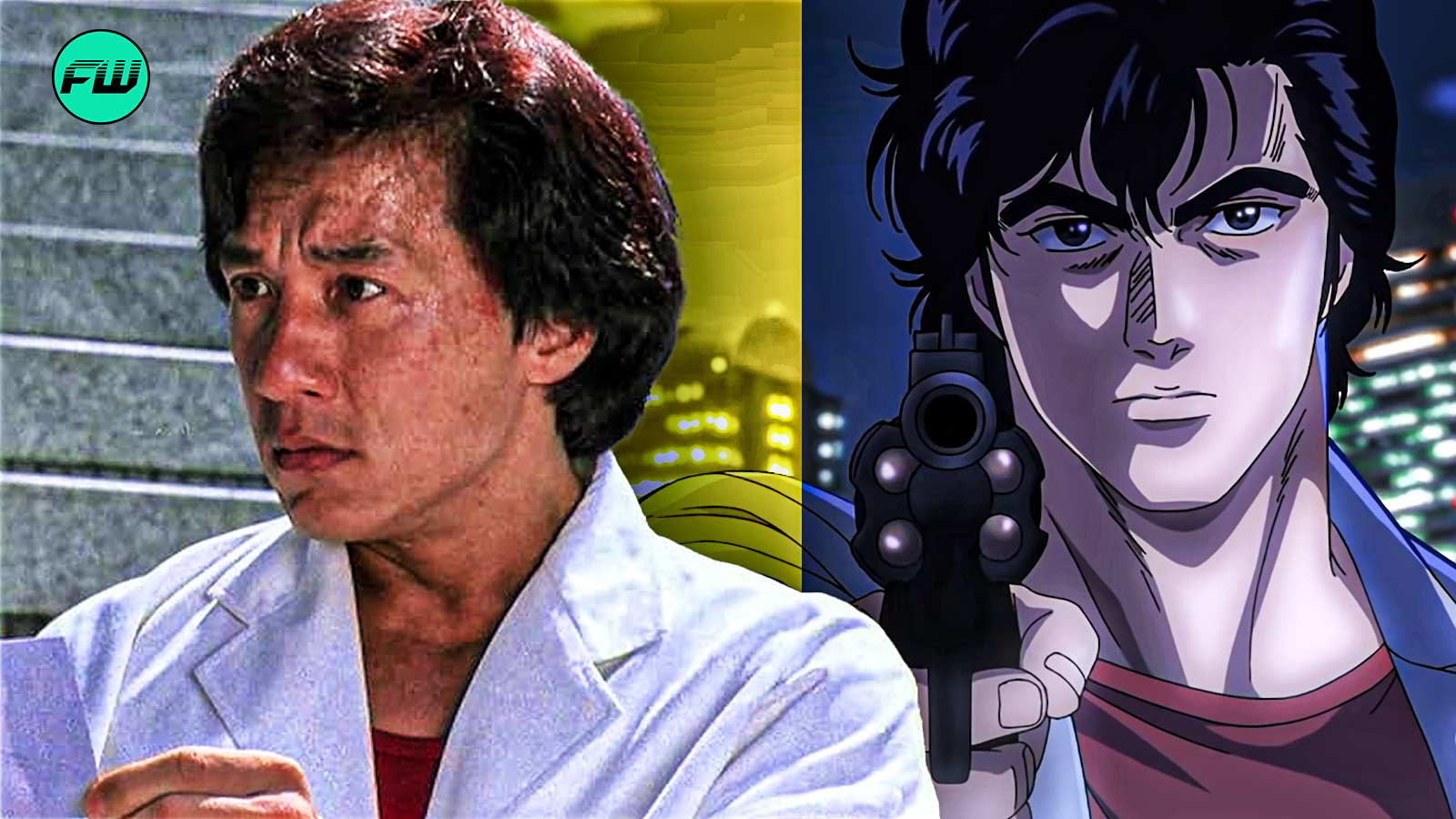

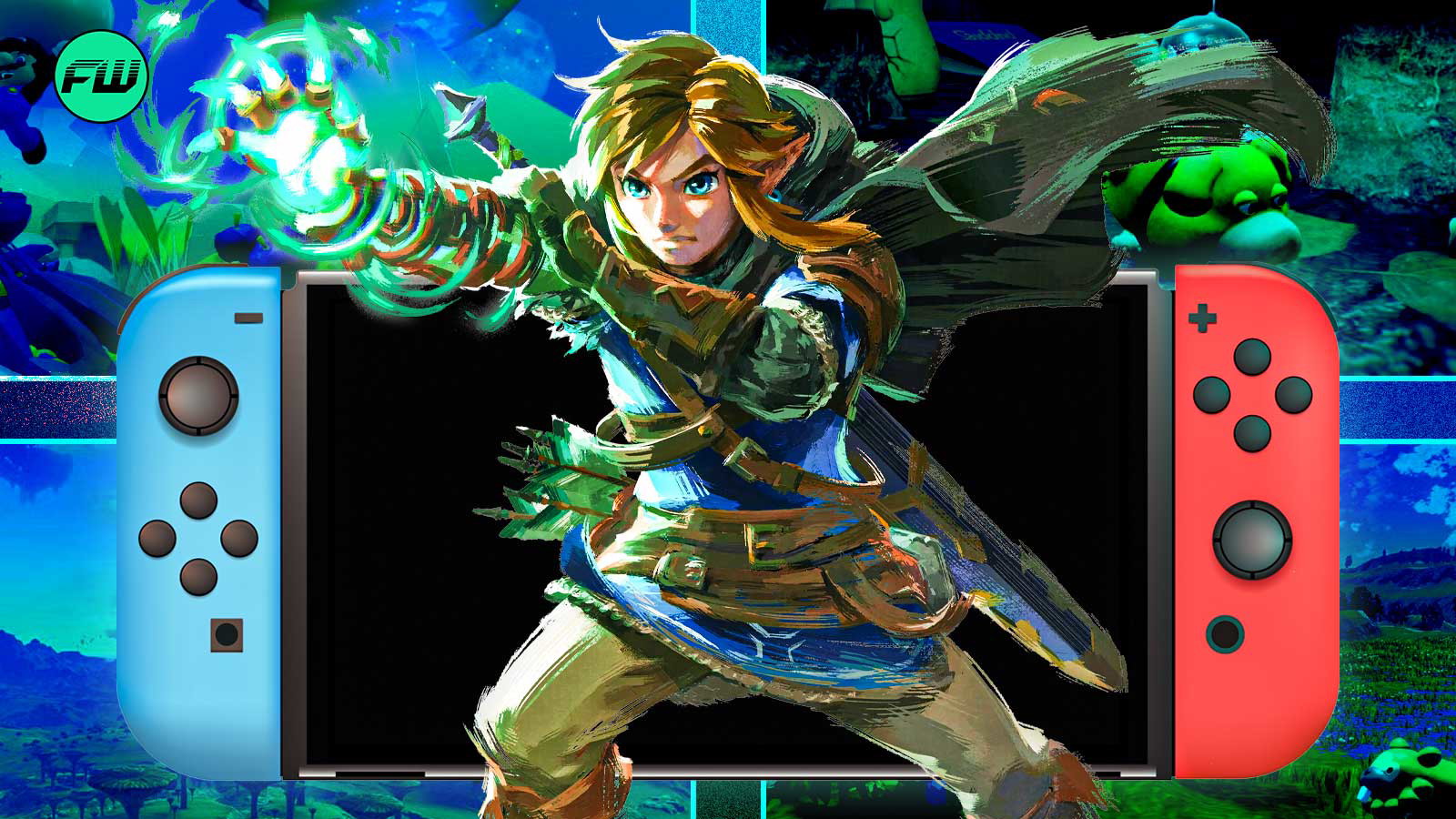



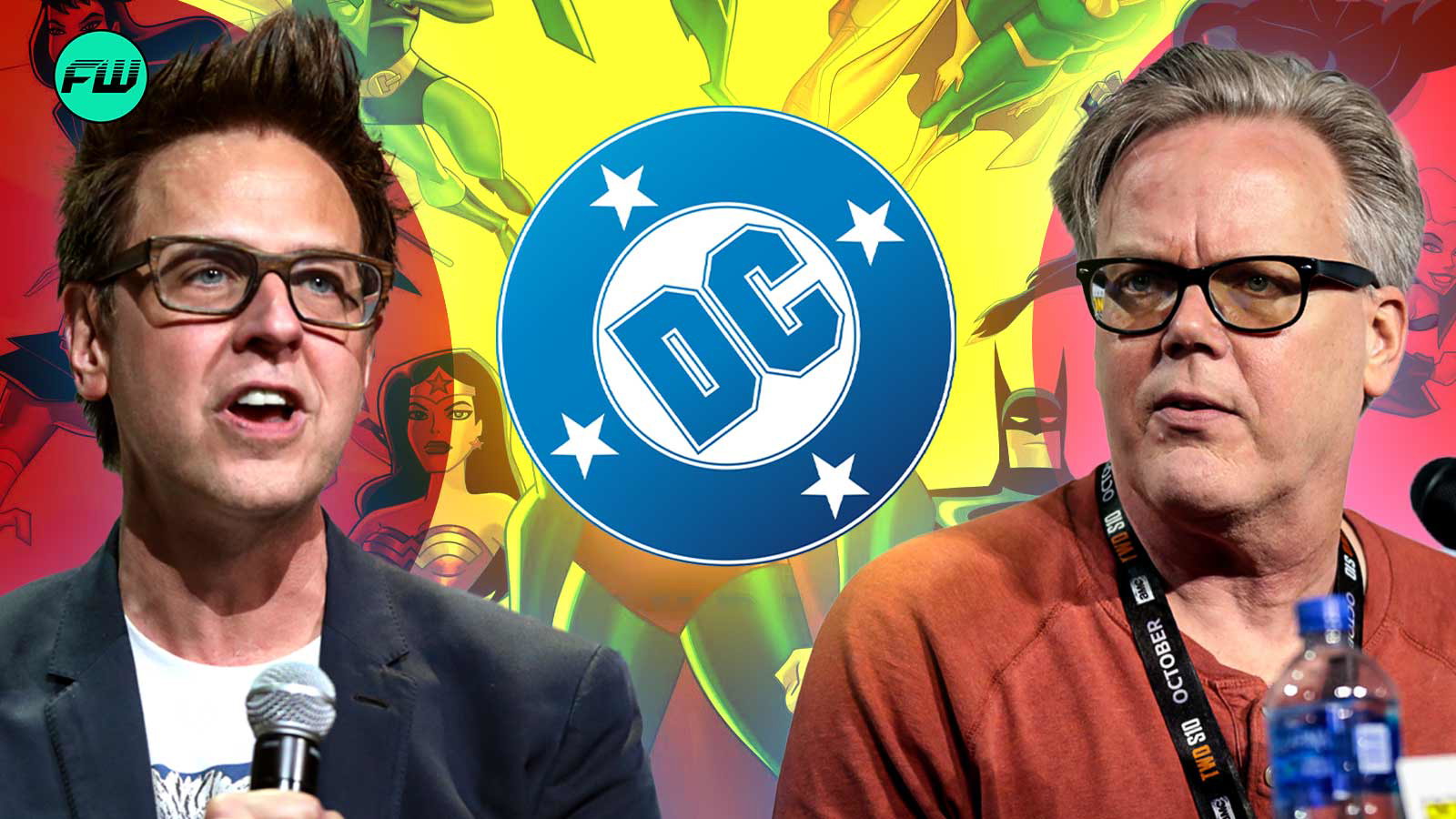

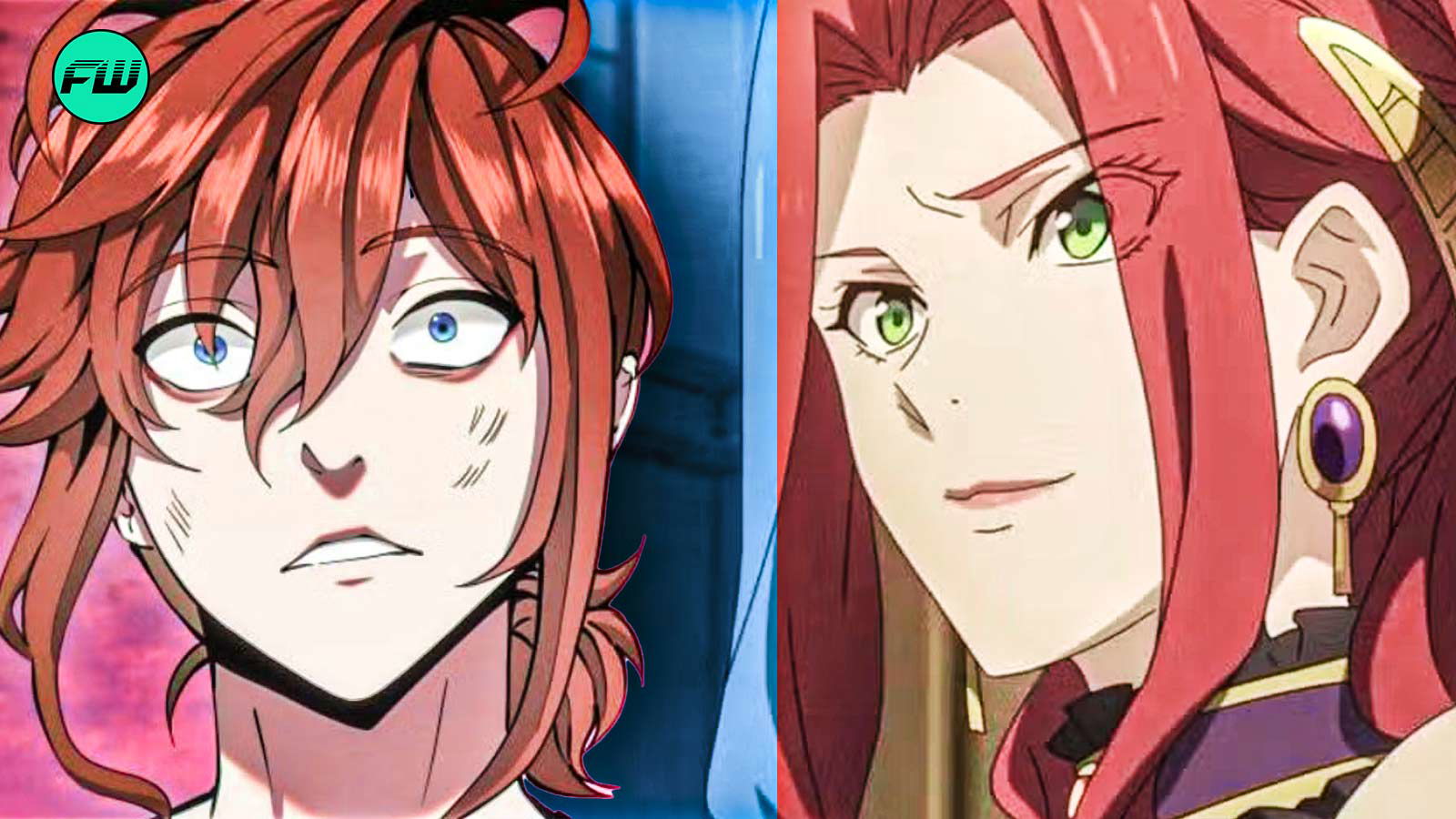






















 Bengali (BD) ·
Bengali (BD) ·  English (US) ·
English (US) ·